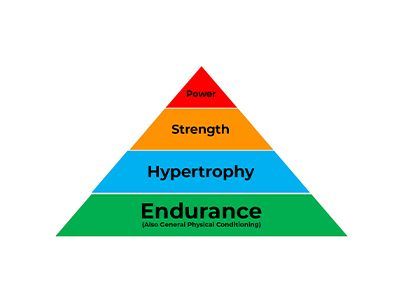The Course
Scientific Abbreviated Training (SAT)
$249
Course Options
Online
Locations
Toowoomba
Course Certificate: SAT
Here are 3 reasons you NEED to do this course:
- Separate yourself from the journeyman personal trainer – for most people, ‘abbreviated’ just means shorter, but you can learn how to apply real SCIENCE to the abbreviated training format and start getting better results in less time for you and your clients.
- Time is the most valuable asset there is – for your clients and for you. Learn how to deliver outstanding results and maximise the time your clients invest in you.
- Better results make you a better trainer – and better trainers have more clients and can demand more money. Join the elite by learning from our tried-and-tested formula.
And here’s the BEST 3 things you will learn:
- The core values of an abbreviated training session – what they are and how to apply them.
- An understanding of energy systems and how we can manipulate them to create the best training effect in the minimum time.
- What actually IS periodisation? Is there a ‘best’ kind and what is the best way to implement it in a structured training program?
NATIONAL FITNESS EDUCATION & ATHLETIC PREPARATION COACHING
National Training Courses
Obtain nationally accredited qualifications in the fitness industry.
Continuing Education Credits
Advance your career by improving your existing skills, or developing new ones.
Follow our Blogs

Unlocking the Power of Resistance Training: Understanding the Strength Training Pyramid In the vast world of fitness, resistance training stands out as a cornerstone for achieving various fitness goals, from building strength and muscle mass to enhancing power and overall physical performance. At the core of effective resistance training lies the understanding of the strength training hierarchy pyramid, a fundamental concept that guides the structuring of workouts based on specific goals and desired outcomes. Resistance Training Hierarchy Imagine a pyramid, with its base representing the foundational aspects of fitness, such as endurance and general physical preparation, and its peak symbolising the pinnacle of performance – power. This hierarchical structure serves as a roadmap for designing training programs tailored to individual needs and objectives. Endurance and General Physical Preparation At the base of the pyramid lies endurance and general physical preparation. This level focuses on developing muscular endurance and overall conditioning. Workouts typically involve light loads, high repetitions (15-20 reps), and short rest periods (20-30 seconds). The emphasis here is on building stamina and laying a solid foundation for more advanced training phases. Hypertrophy Moving up the pyramid, we encounter hypertrophy training, aimed at increasing muscle size and volume. Moderate loads (70-80% 1RM) are utilised for moderate repetitions (8-12 reps) across 3-5 sets. Rest intervals range from 30 to 90 seconds. Hypertrophy training induces muscle growth through metabolic stress and mechanical tension, leading to noticeable gains in muscle size and definition. Strength Ascending further, we reach the strength phase, characterised by heavy loads (80-100% 1RM) and low to moderate repetitions (1-6 reps). Rest intervals are longer, typically lasting 2-5 minutes between sets. Strength training focuses on improving maximal strength, enhancing neuromuscular efficiency, and increasing muscle fibre recruitment. Power At the apex of the pyramid sits power training, which targets explosive strength and athletic performance. Workouts involve moderate to heavy loads (75-100% 1RM) for low to moderate repetitions (1-5 reps) across 3-5 sets. Rest periods are shorter compared to strength training, ranging from 2 to 3 minutes. Power training enhances the ability to generate force rapidly, translating into improved speed, agility, and power output. It's a continuum While the set and rep protocols outlined above provide a structured framework, it's essential to recognise that they are not set in stone. Individual factors such as age, body type, training history, and biomechanics play significant roles in determining optimal training parameters. Moreover, progression in resistance training is rarely linear, with individuals experiencing fluctuations in performance from day to day and week to week. Preparing for periods of slower progress is just as crucial as celebrating milestones. We are Built to be Lazy! Understanding that the body's default mode is to conserve energy underscores the importance of pushing beyond comfort zones and working close to muscular failure. Progressive overload – the gradual increase in training stimulus – is key to driving adaptations and achieving long-term results. Take Home Message The journey of resistance training is a dynamic and personalised process. It requires diligence, consistency, and an open-minded approach to experimentation and adaptation. Remember, what works for one person may not necessarily work for another. The key is to stay committed, make sure your clients listen to their body, and embrace the journey of self-improvement. W hether you have a seasoned athlete or a fitness enthusiast embarking on a new journey, remember to train smart, stay patient, and above all, enjoy the process of helping them become the best version of themselves! Visit AFHP.com.au to learn more about our courses!

When we talk about fitness goals, the term ‘body composition’ often arises, sometimes interchangeably with ‘losing weight.’ However, as fitness professionals, we understand that body composition encompasses far more than a number on a scale. It refers to the ratio of various components within the body, including water, muscle, fat, tissue, and bone. Defining this term is crucial because it guides our approach to exercise training and nutrition, ensuring that we tailor programs to meet our clients' specific needs and goals.


